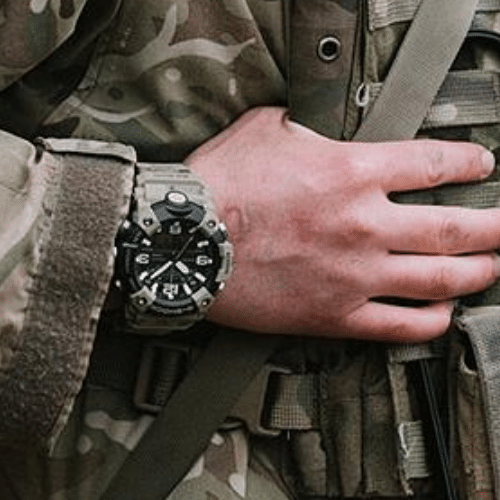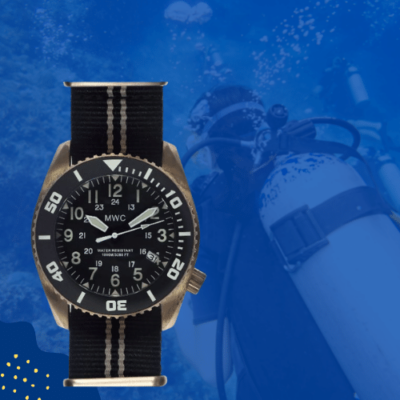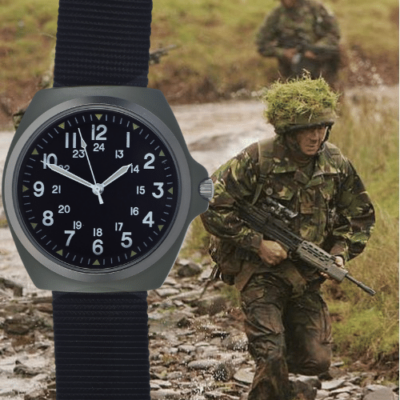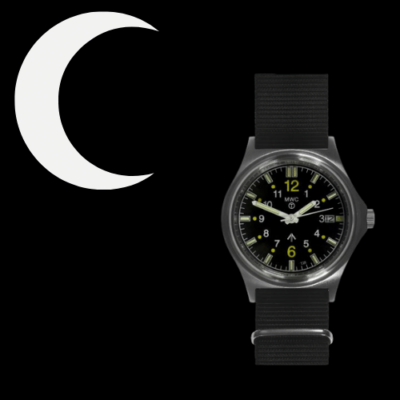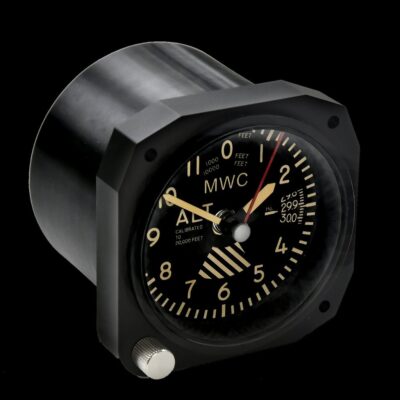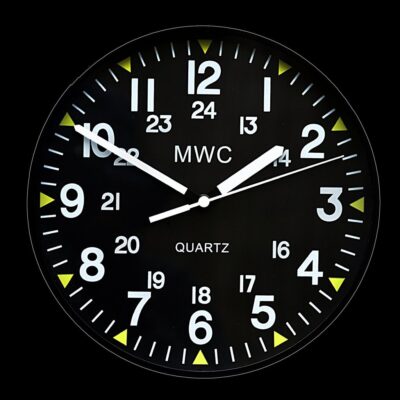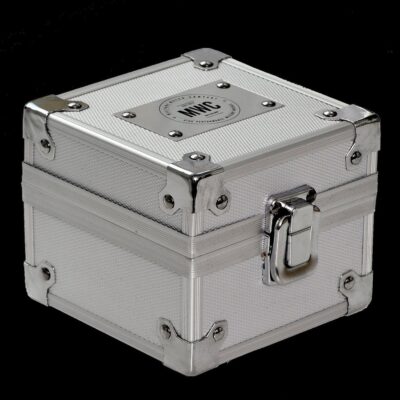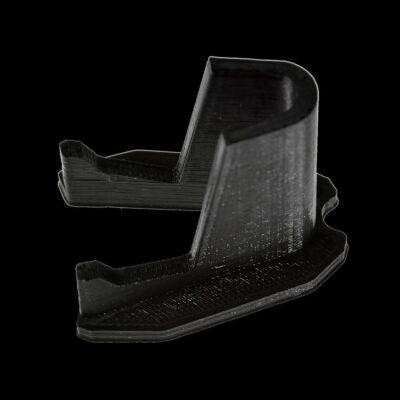News
The U.S. Just Fired its Most Powerful Nuclear Missile: Minuteman III Launch Confirmed
The U.S. Space Force on November 5 conducted an operational test launch of a Minuteman III intercontinental range ballistic missile from Vandenberg Space Force Base, California, in order to evaluate the ageing missile type’s operational readiness, and accuracy. The missile travelled approximately 6800 kilometres, and landed at the U.S. Army Space and Missile Defense Command’s Ronald Reagan Ballistic Missile Defense Test Site on the Marshall Islands. Commander of the 377th Test and Evaluation Group Colonel Dustin Harmon reported that the test “validated the reliability, adaptability, and modularity of the weapon system,” adding that this was intended to ensure the “integrity and reliability for the Nation’s ICBM system.”

The launch tested not only the missile itself, but also associated command and control capabilities, with Airmen from Air Force Global Strike Command’s 625th Strategic Operations Squadron using the Airborne Launch Control System from onboard a U.S. Navy E-6B Mercury aircraft, demonstrating the availability of a backup command and control capability for the ICBM force. The Minuteman III is by far the oldest strategic ballistic missile type in service anywhere in the world, and made its first test flight 57 years ago in August 1968. It has fallen increasingly far behind the capabilities of the intercontinental range range ballistic missiles fielded by potential adversaries China, Russia and North Korea, with the performance gap having become particularly distinct as the former two having introduced missiles with hypersonic glide vehicles into service that are capable of flying around the world and performing extreme manoeuvres to evade targeting. North Korea has introduced such glide vehicles onto its intermediate range arsenal, and is expected to do so on its ICBM arsenal in future.
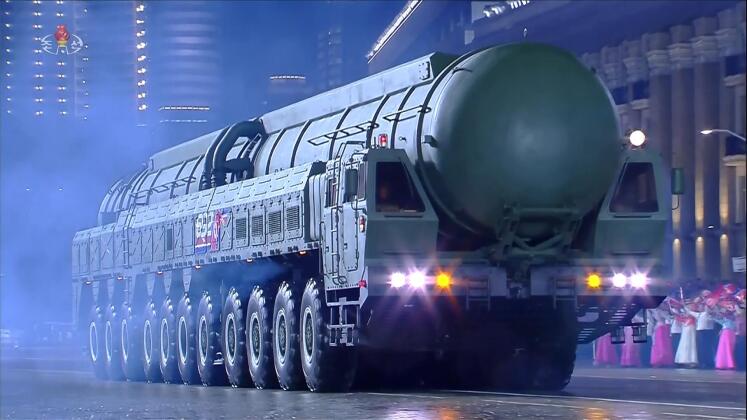
The Minuteman III first entered service in 1970, and is several decades past its originally intended service life. Development of a successor has been de-prioritised for decades, with the belated funding of the Sentinel next generation ICBM having faced serious delays and cost overruns that have raised the possibility that the program may be terminated entirely. Commenting on the urgency of replacing the Minuteman III, Commander of the United States Strategic Command Charles A. Richard observed: “You cannot life-extend Minuteman III… It is getting past the point of [where] it’s not cost-effective to life-extend Minuteman III. You’re quickly getting to the point [where] you can’t do it at all.”
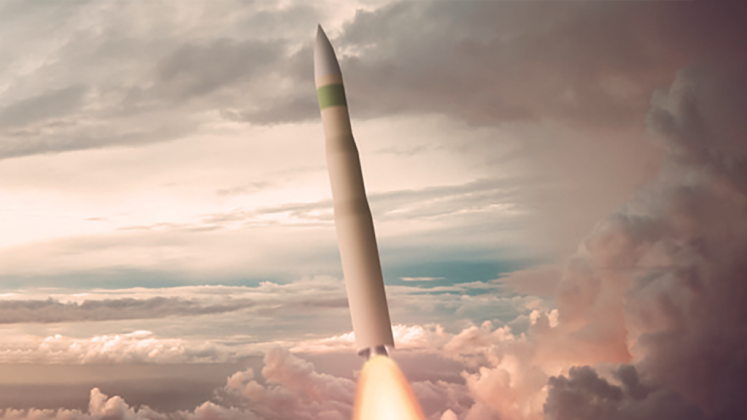
Richard warned that the missiles in the arsenal were so obsolete that their original designers were dead, and engineers no longer had some of the necessary technical documentation. “That thing is so old that in some cases the [technical] drawings don’t exist anymore, or where we do have drawings, they’re like six generations behind the industry standard. And there’s not only [no one] working that can understand them – they’re not alive anymore,” he stated. With the ICBM’s arsenal’s future being increasing uncertain, an alternative to developing the Sentinel which has been proposed is for the Armed Forces to abandon the third arm of the American nuclear triad, and increase investment in ballistic missile submarines and strategic bombers to compensate for this.

